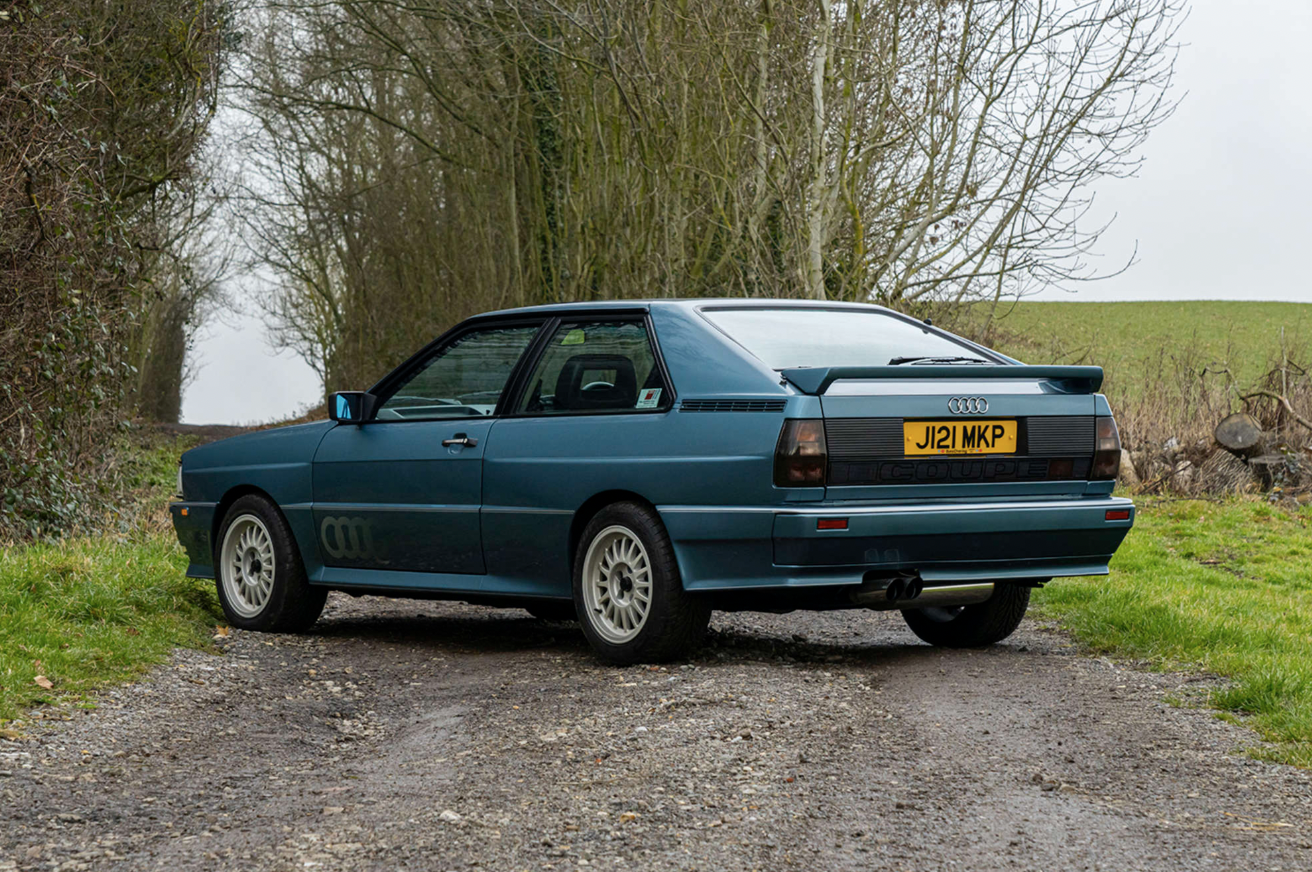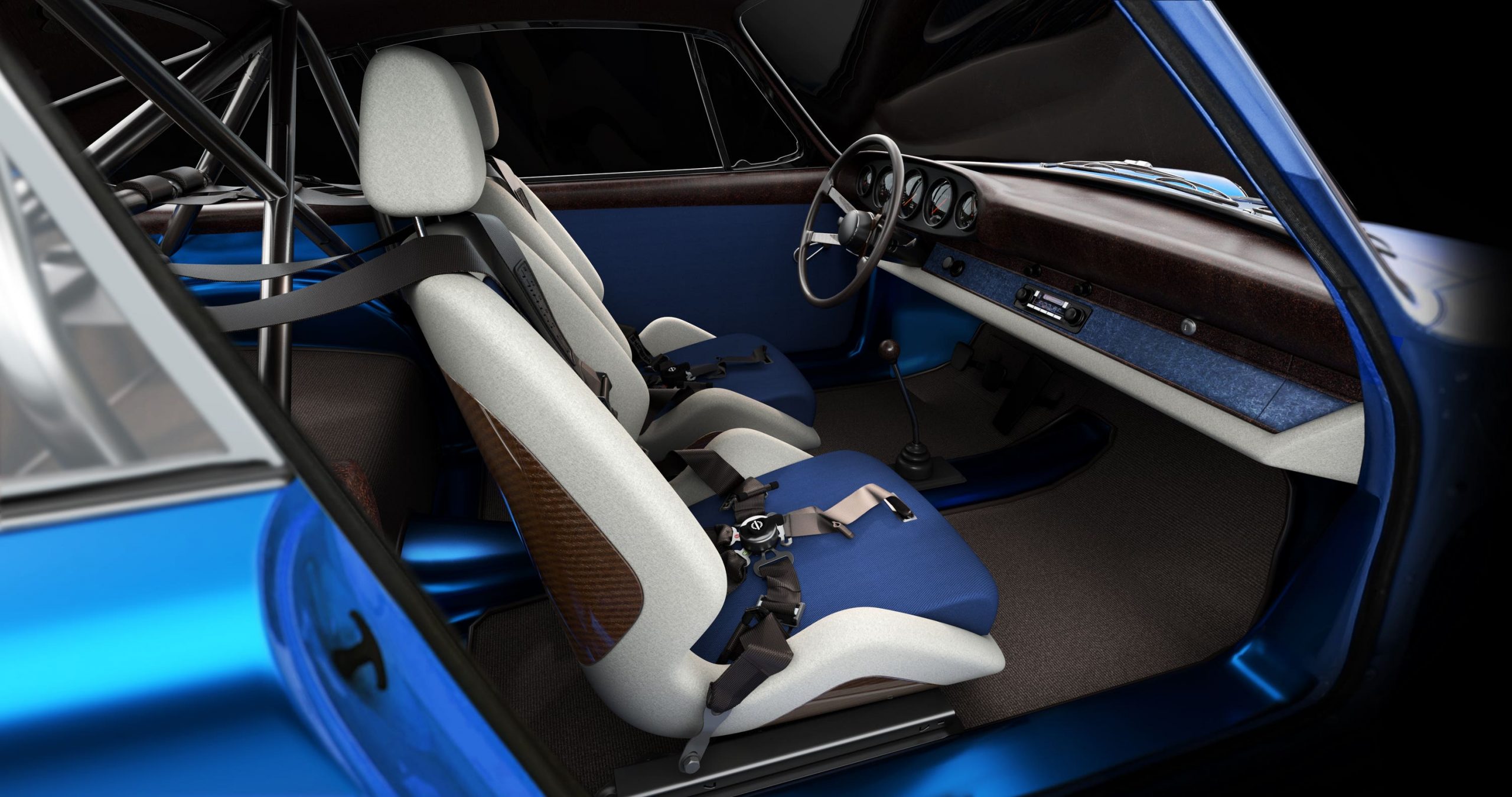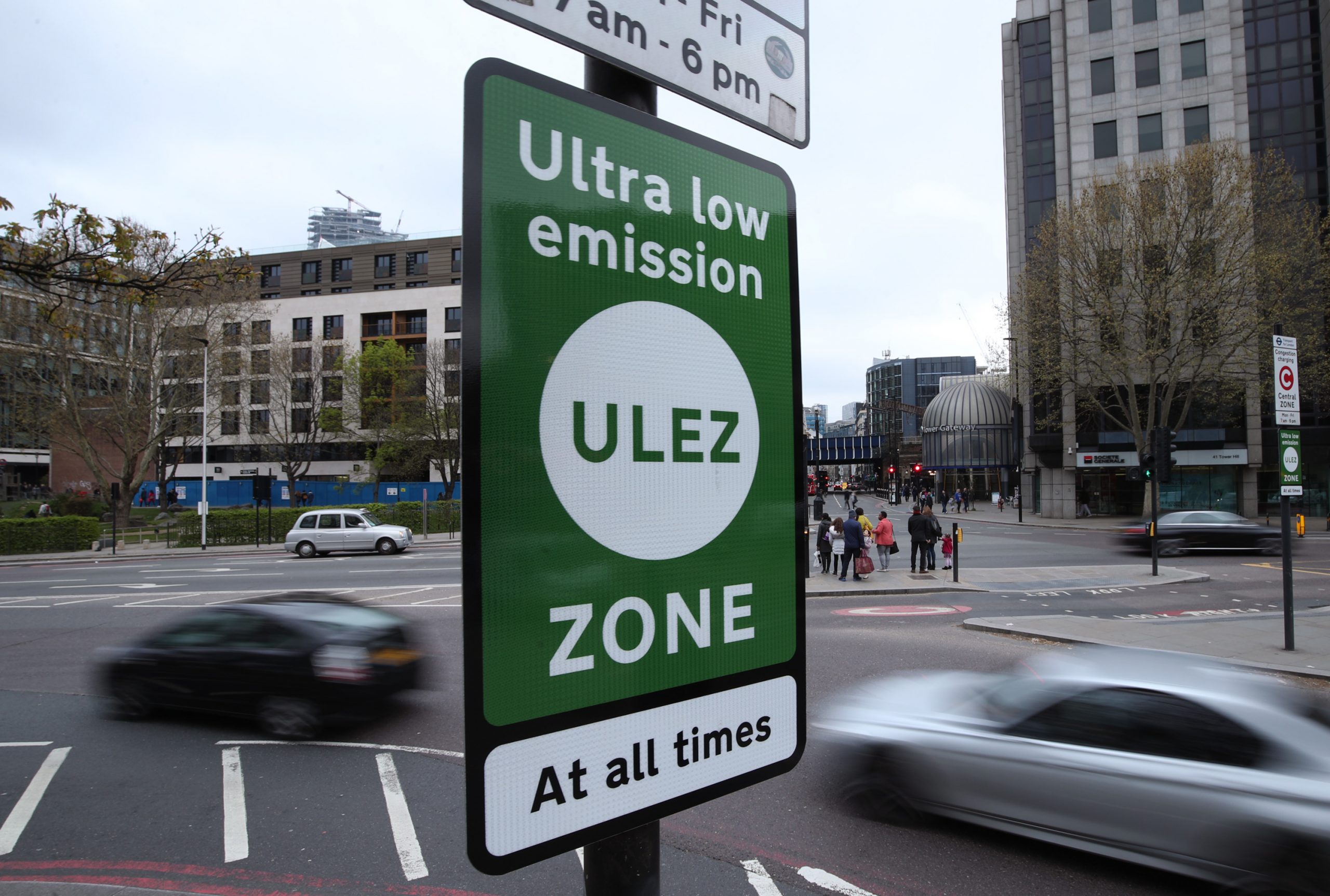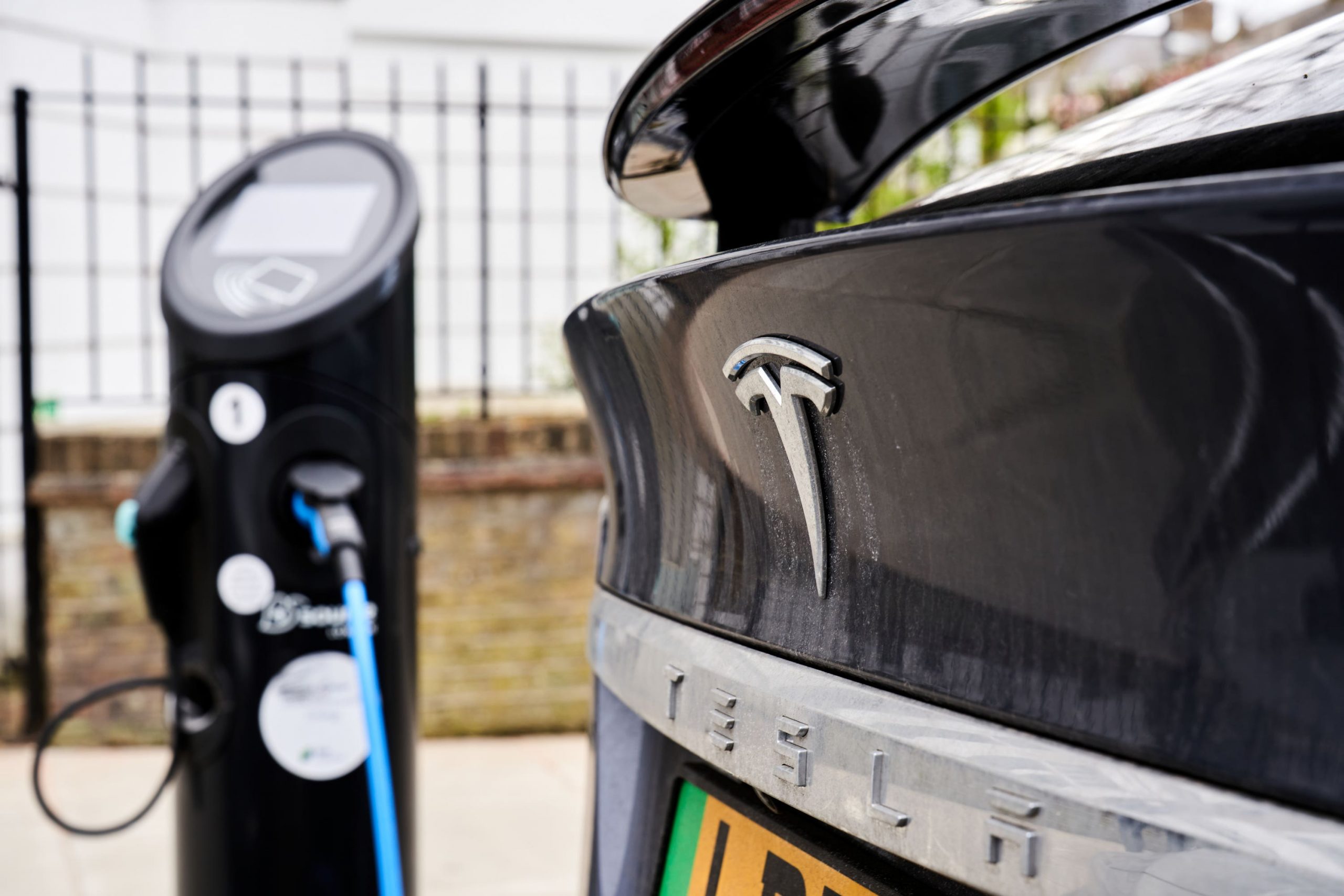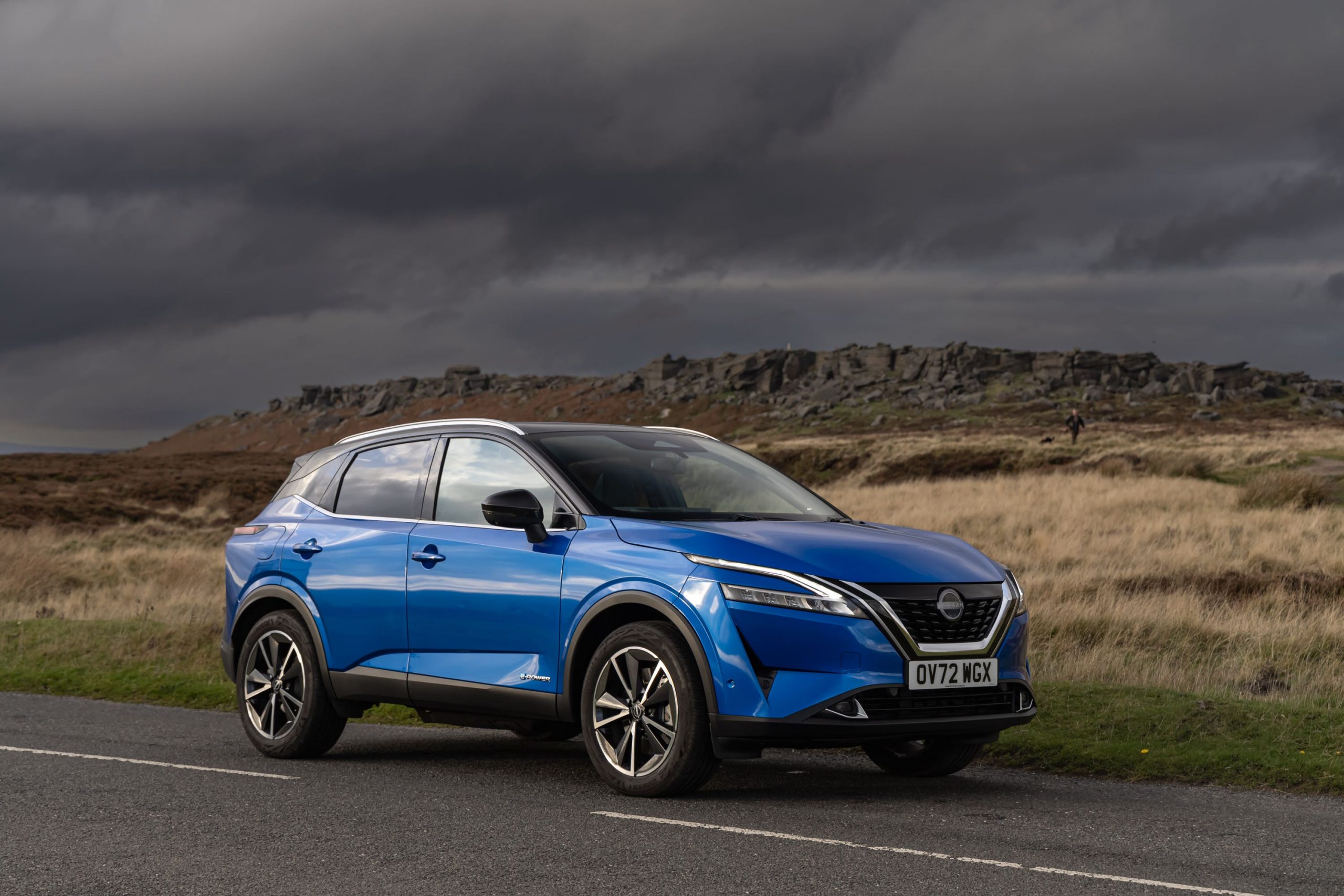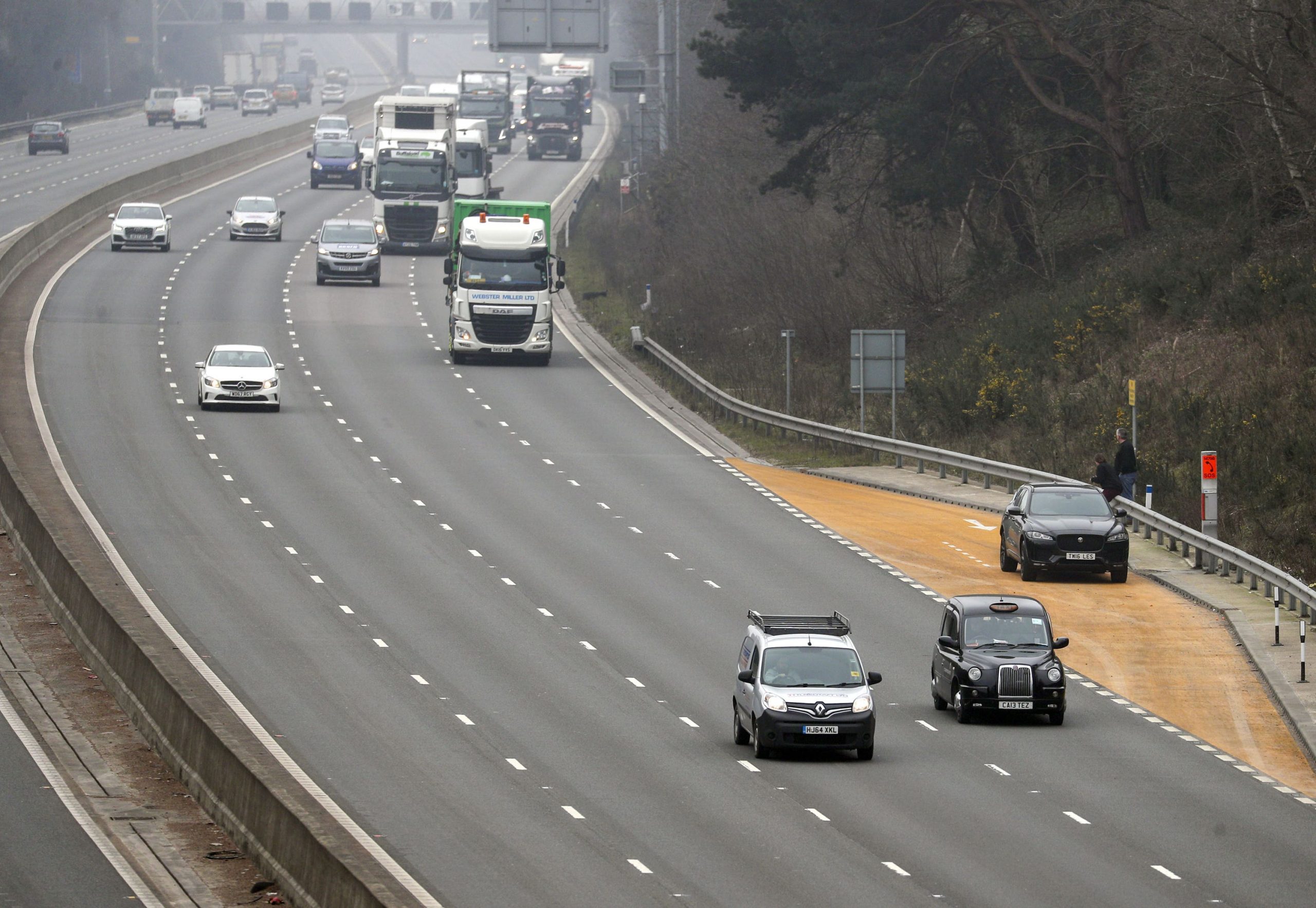A classic Audi Quattro is predicted to fetch a high price when it heads to auction next month.
The Quattro, just one of only 295 right-hand-drive, 20-valve RR models built, was given a full restoration in July 2016. It cost the then-owner £29,000 to complete, too.
The car has covered 8,000 miles since its full restoration and now has 105,000 miles on the clock. It has been kept entirely in its original condition, with the exception of a performance Milltek exhaust which replaced the factory-fitted version. Air-conditioning was also fitted in 2019, ensuring that it be used comfortably all year round.
It comes with both sets of keys, all handbook and service records since new and a ‘complete’ set of MOT certificates. It’s set to go under the hammer at the Practical Classics Classic Car and Restoration Show on March 24-26 at the NEC in Birmingham.
Gary Dunne, CCA sales manager, said: “Audi’s claim of 6.3 seconds 0-60mph is perfectly credible. When you put your foot down the 1.3-tonne Quattro hurls forwards with vigour.
“Everything about this car reminds us of the 1980’s era, although this car is one of the last of this model made in the early 90s. The car is for me a paragon of eighties indulgence, Filofaxes, rain macs, braces, yuppies. Remarkably, this model still handles exceptionally well given its 31 years.”
The Quattro is accompanied by a guide price of between £55,000 and £65,000, though recent examples have fetched more than £100,000 at auction.

